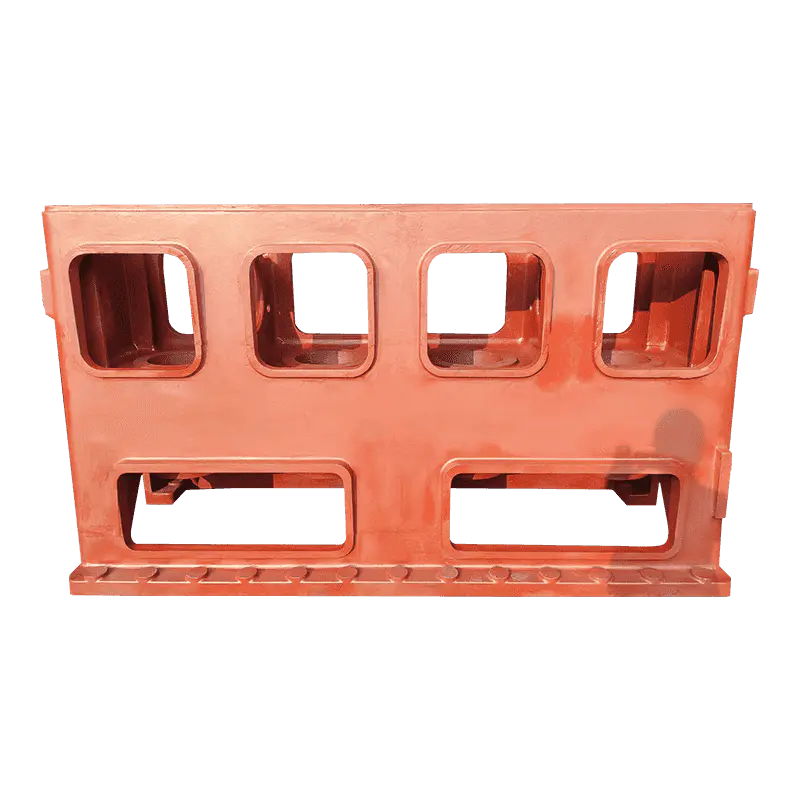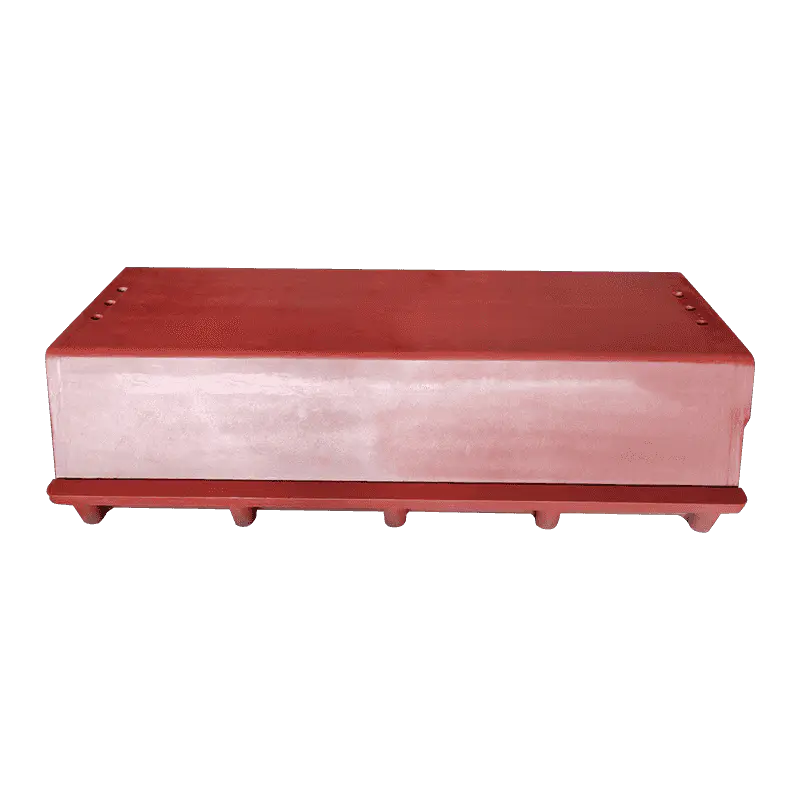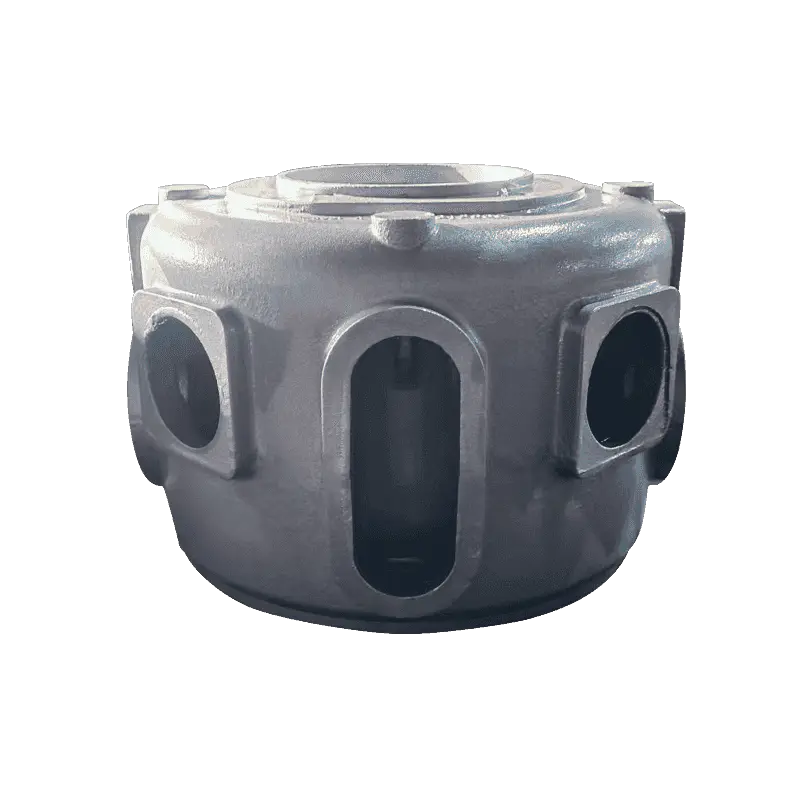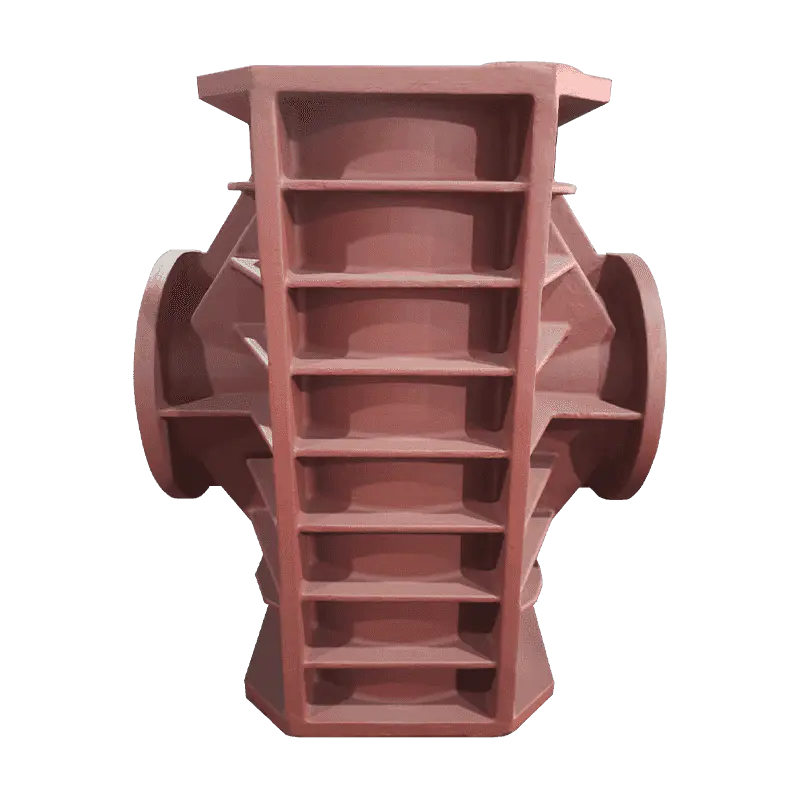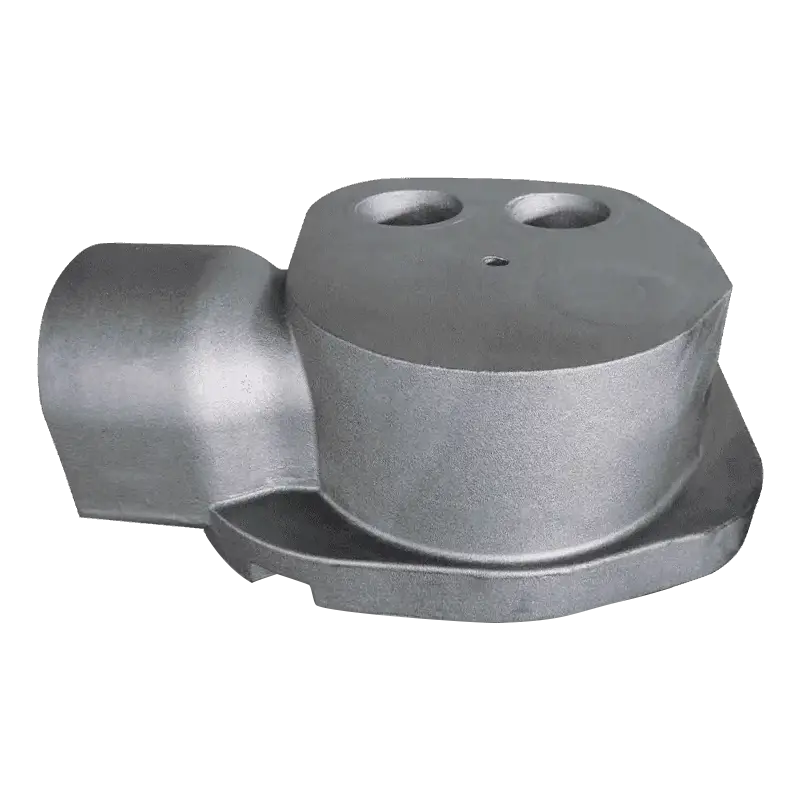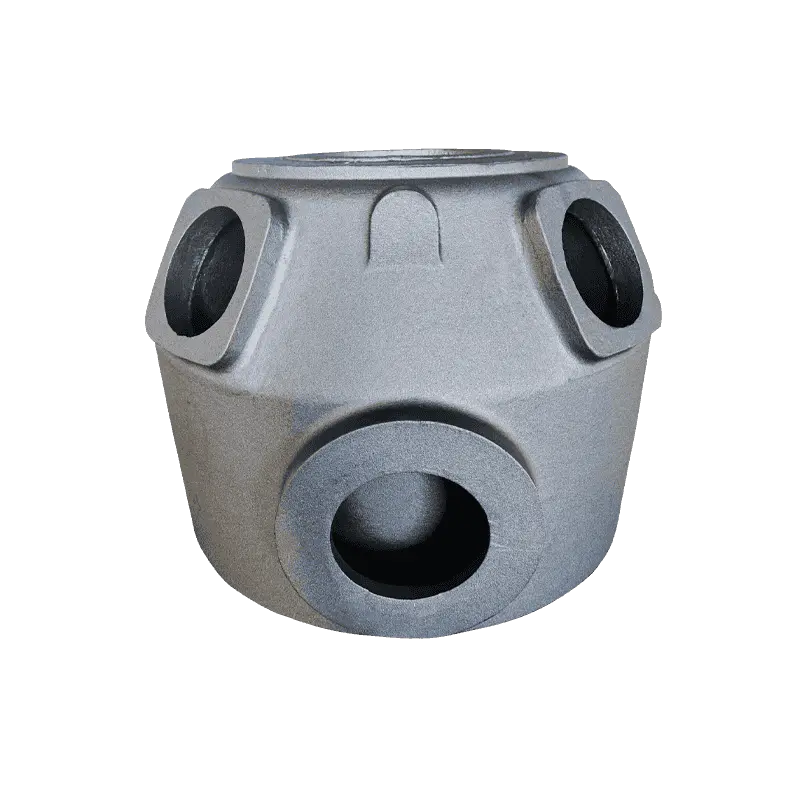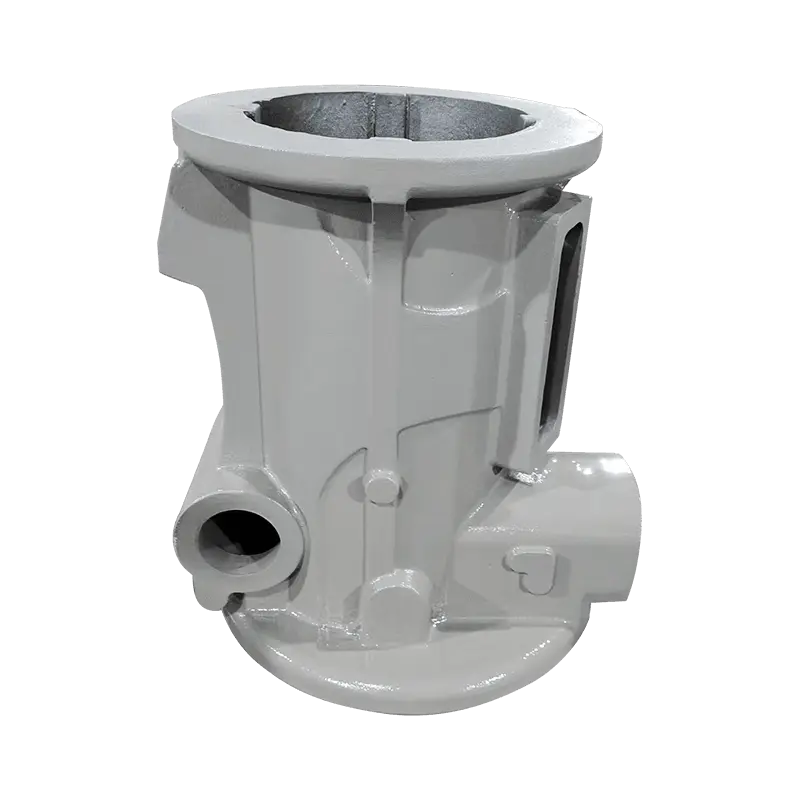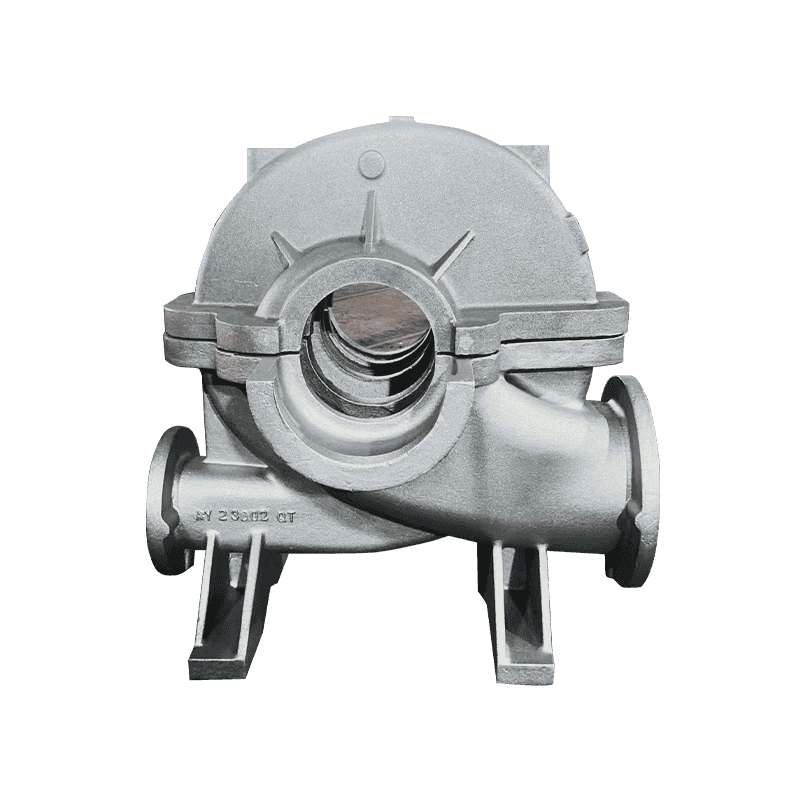-
High-Strength Material Selection – The ability of Compressor Castings to withstand dynamic mechanical loads starts with selecting materials that provide optimal strength, toughness, and fatigue resistance. Alloys such as high-grade cast iron, aluminum alloys, or specialized steel are chosen for their capacity to endure repeated cyclic stresses without permanent deformation or failure. These materials possess high yield strength to tolerate sudden pressure spikes and sufficient ductility to absorb energy from rotor imbalances. In addition, they are engineered to maintain structural integrity over prolonged operational lifespans, even under fluctuating load conditions. Material selection also takes into account thermal properties, corrosion resistance, and compatibility with the working environment to ensure consistent mechanical performance under both standard and extreme operating conditions.
-
Optimized Geometric Design – Compressor Castings are designed with advanced geometries that distribute stresses uniformly across the structure, reducing the risk of failure under dynamic loads. Structural features such as strategically placed ribs, fillets, flanges, and reinforcement zones mitigate stress concentrations at critical points, such as rotor bearings or pressure-bearing surfaces. The thickness of load-bearing walls and the shape of internal cavities are carefully calculated to resist deformation caused by sudden pressure surges. The geometry is optimized to maintain precise alignment between moving components, minimizing vibration-induced stresses and ensuring that the load from rotor imbalance is evenly transmitted across the casting structure, preventing localized failure.
-
Fatigue and Stress Analysis – Before manufacturing, Compressor Castings undergo extensive computational analysis, including finite element analysis (FEA) and dynamic stress simulations, to predict how the casting will respond to both cyclic and transient loads. These analyses simulate operational conditions such as rotor misalignment, unbalanced rotational forces, and pressure fluctuations to identify potential stress hotspots and areas prone to fatigue. The results guide engineers in reinforcing critical sections, modifying geometries, or selecting materials with enhanced fatigue resistance. This proactive approach ensures that the casting maintains long-term durability, even in high-speed or high-pressure compressor applications where dynamic loads are frequent and intense.
-
Precision Manufacturing and Heat Treatment – The manufacturing process of Compressor Castings is critical to their ability to handle dynamic loads. Controlled casting processes, such as sand casting, investment casting, or die casting, are employed to minimize defects like porosity, shrinkage, or micro-cracks that could act as initiation points for fatigue failure. Post-casting heat treatments, such as annealing or tempering, relieve residual stresses, improve grain structure, and enhance mechanical properties. Precision machining ensures proper tolerances, surface finishes, and alignment with mating components, reducing uneven load distribution and mitigating stress concentrations caused by rotor imbalance or pressure surges. Together, these steps enhance the overall reliability and operational safety of the casting.
-
Integration with Dampening and Support Systems – Compressor Castings are rarely subjected to mechanical loads in isolation. They are integrated with bearing assemblies, vibration-damping mounts, and support structures that absorb dynamic forces generated by rotor imbalance or transient pressure events. The casting itself is designed to complement these systems, providing sufficient rigidity while allowing controlled deformation that reduces stress peaks. This combination of casting strength and damping mechanisms ensures that mechanical energy from sudden or oscillating loads is evenly distributed, preventing localized overloading and minimizing the risk of structural failure or crack propagation.
-
Safety Factors and Pressure Rating – Engineering design of Compressor Castings incorporates substantial safety factors to accommodate operational uncertainties, including unexpected pressure spikes or rotor imbalances. Pressure-bearing sections are over-engineered to handle loads exceeding normal operating conditions, and structural elements are sized to tolerate transient forces without permanent deformation. Material properties, wall thickness, and geometric reinforcement are selected to maintain a reserve of strength, ensuring that the casting remains safe even during abnormal operating events. This design philosophy provides a critical margin of safety for both the machinery and operators.




